On-Page SEO is a strategic approach to optimizing web pages for better search engine rankings through keyword research, high-quality content creation, and technical optimizations. Key steps include thorough keyword research using tools like Google Keyword Planner and SEMrush, natural integration of keywords in titles, headings, meta descriptions, and content, and optimizing elements like images, loading speeds, and structured data markup. Effective On-Page SEO also involves crafting compelling content, utilizing header tags (H1-H6) for better structure and readability, and improving user experience through accessibility and mobile optimization.
In today’s digital landscape, a robust On-Page SEO strategy is pivotal for content to rank highly and attract organic traffic. This article guides you through the essential elements of On-Page SEO, offering insights on optimizing key areas that search engines scrutinize. From understanding foundational concepts like keyword research and title tags to crafting compelling content, structuring with header tags, enhancing visuals, and improving user experience—each section ensures your content is not just visible but also engaging.
Understanding On-Page SEO: Key Elements for Optimization
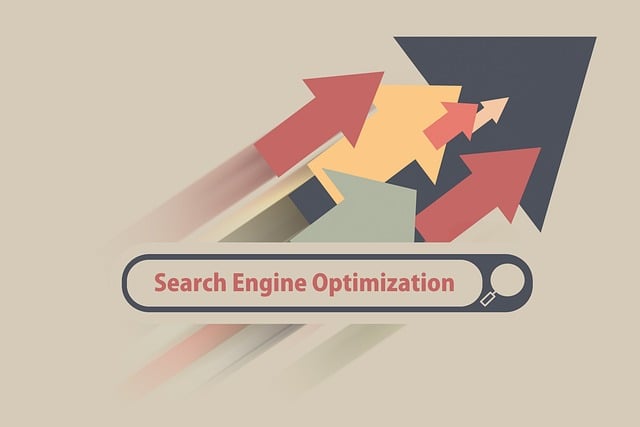
On-Page SEO is a critical component of any content strategy, focusing on optimizing individual web pages to rank higher in search engine results. It involves understanding and implementing key elements that directly influence a page’s visibility and relevance to target audiences. These include keyword research and strategic placement, where relevant keywords are incorporated naturally into titles, headings, meta descriptions, and throughout the content body.
Another vital aspect is ensuring high-quality, engaging content that satisfies user intent. This means creating comprehensive, well-structured content that addresses the information needs of visitors. Additionally, optimizing images with alt tags, improving page loading speeds, and implementing structured data markup are essential practices for On-Page SEO to enhance a page’s overall performance and user experience.
Keyword Research: Unlocking the Power of Relevant Terms
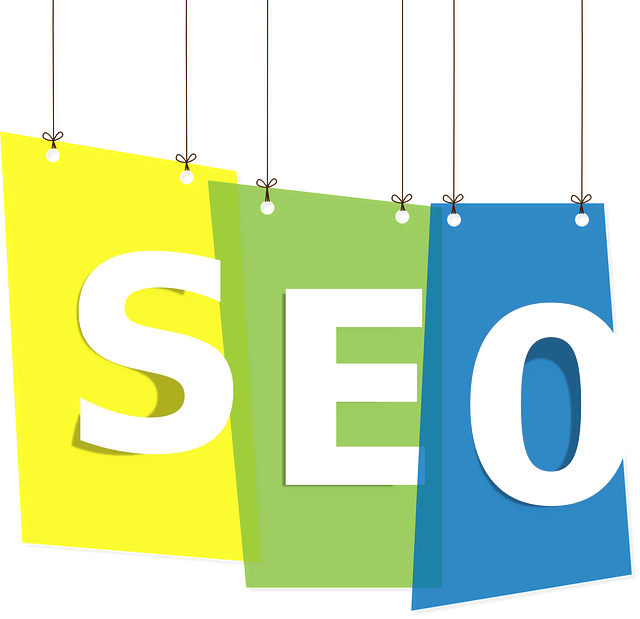
Keyword research is a fundamental step in crafting an effective SEO content strategy. It involves uncovering the terms and phrases that potential customers use when searching for products, services, or information related to your niche. By understanding these keywords, you can create content that resonates with your target audience, driving organic traffic to your website. Tools like Google Keyword Planner, SEMrush, and Ahrefs offer valuable insights into search volume, competition, and user intent, enabling you to identify high-value keywords for On-Page SEO optimization.
Relevant keywords should naturally integrate into your content without appearing forced or spammy. They serve as the foundation for crafting compelling headlines, meta descriptions, and body text that engage both users and search engines. When conducted thoroughly, keyword research ensures your content addresses the questions and concerns of your audience, ultimately boosting your website’s visibility and ranking in search results.
Optimizing Title Tags and Meta Descriptions for Impact
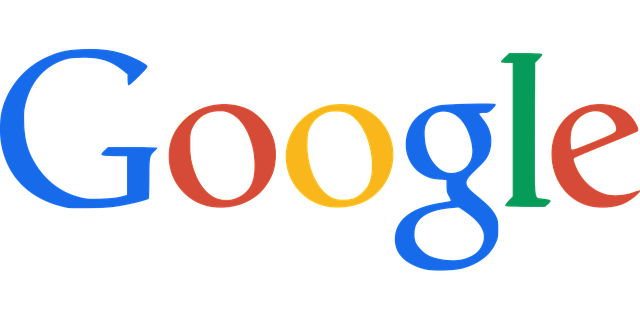
When crafting content for On-Page SEO, optimizing title tags and meta descriptions is a critical step that often goes overlooked. These elements are your first line of defense in capturing the attention of both search engines and users. A well-crafted title tag should accurately reflect the content while incorporating relevant keywords naturally. Think of it as a personalized invitation to your webpage—it needs to be compelling enough to entice visitors while also signaling to search algorithms what the page is about.
Meta descriptions, though not directly ranked by search engines, play a significant role in click-through rates. They should provide a concise summary of the content below, often weaving in another keyword or two. Imagine them as a short commercial for your webpage—it needs to be engaging and persuasive enough to encourage users to click through to your site. By giving both these elements their due attention, you can significantly improve your page’s discoverability and boost engagement.
Crafting Compelling Content: Engaging and Informative

Crafting compelling content is a cornerstone of any successful SEO content strategy. To excel in on-page SEO, each piece of content should be meticulously designed to engage and inform readers while aligning with search engine optimization best practices. This involves understanding your target audience’s needs and pain points, translating them into valuable, relevant, and unique content that satisfies both users and search engines.
Engaging content fosters reader interaction, encouraging time spent on the page and reducing bounce rates—key factors considered by search algorithms. Informative content, rich in valuable insights and practical solutions, establishes your brand or website as an authority in its niche, further enhancing its SEO standing. By combining these elements effectively, you create content that drives organic traffic, boosts conversions, and solidifies your online presence.
Utilizing Header Tags Effectively: Structuring Your Content
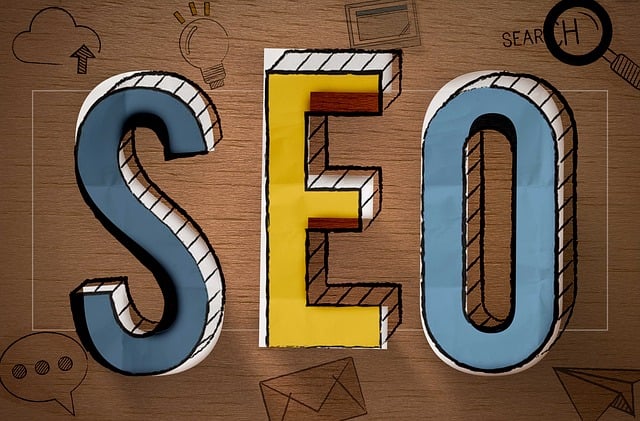
Effective utilization of header tags is a crucial aspect of on-page SEO content strategy. These tags, denoted by H1 through H6, serve as a map for both search engines and users, guiding them through your content’s structure. The H1 tag should capture the main topic or keyword of your page, typically appearing in the title or headline. Subheadings, represented by H2 to H6, break down your content into digestible sections, enhancing readability while providing additional keyword opportunities.
Proper structuring involves using headers hierarchically, ensuring each subheading naturally flows from the one above it. This not only aids search engine understanding but also improves user experience, encouraging visitors to explore more of your content. Remember, clear and strategic use of header tags can significantly boost your on-page SEO efforts, making your content more discoverable and engaging.
Image Optimization: Enhancing Visuals for SEO

Image optimization is a vital component of on-page SEO, as visuals play a significant role in engaging users and enhancing user experience. When optimizing images for search engines, it’s essential to balance visual appeal with technical aspects. This includes choosing relevant file formats (like JPEG, PNG, or WebP) suitable for the content and ensuring they are compressed to reduce page load times without compromising quality. Alt text is another critical element; descriptive alt tags not only improve accessibility but also provide search engines with context, helping images rank higher in image search results.
Additionally, incorporating keywords naturally into image file names and titles can further boost SEO efforts. Search engines crawl through image metadata to understand the content, so strategic keyword usage here can increase visibility. It’s also beneficial to keep image sizes optimized for both web display and indexing, as larger files may slow down page loading, negatively impacting user experience and SEO rankings.
Improving User Experience: A Cornerstone of On-Page SEO
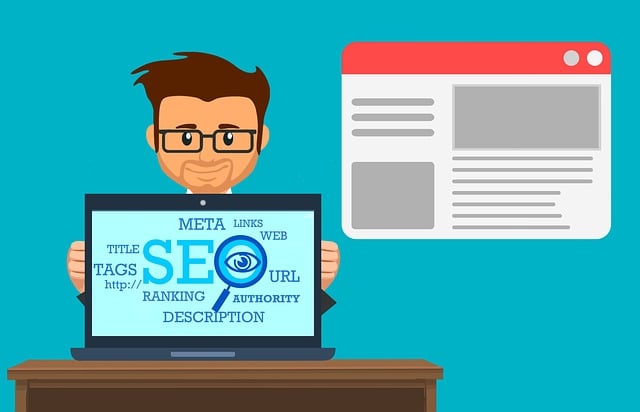
Improving User Experience is a cornerstone of effective On-Page SEO strategies. When search engines like Google evaluate websites, they consider user experience as a key factor in ranking content. This means designing web pages that are not only visually appealing and easy to navigate but also load quickly on all devices, including desktops, tablets, and smartphones. A well-structured site hierarchy, intuitive menus, and clear calls-to-action (CTAs) contribute to positive user interactions, encouraging visitors to explore further and engage with the content.
On-Page SEO isn’t just about optimizing for search engines; it’s also about ensuring that users have a seamless and enjoyable experience. By prioritizing user needs, including accessibility and mobile optimization, you create a website that not only ranks higher in search results but also fosters higher engagement, lower bounce rates, and longer session durations—all of which are indicators of quality content and successful On-Page SEO implementation.
